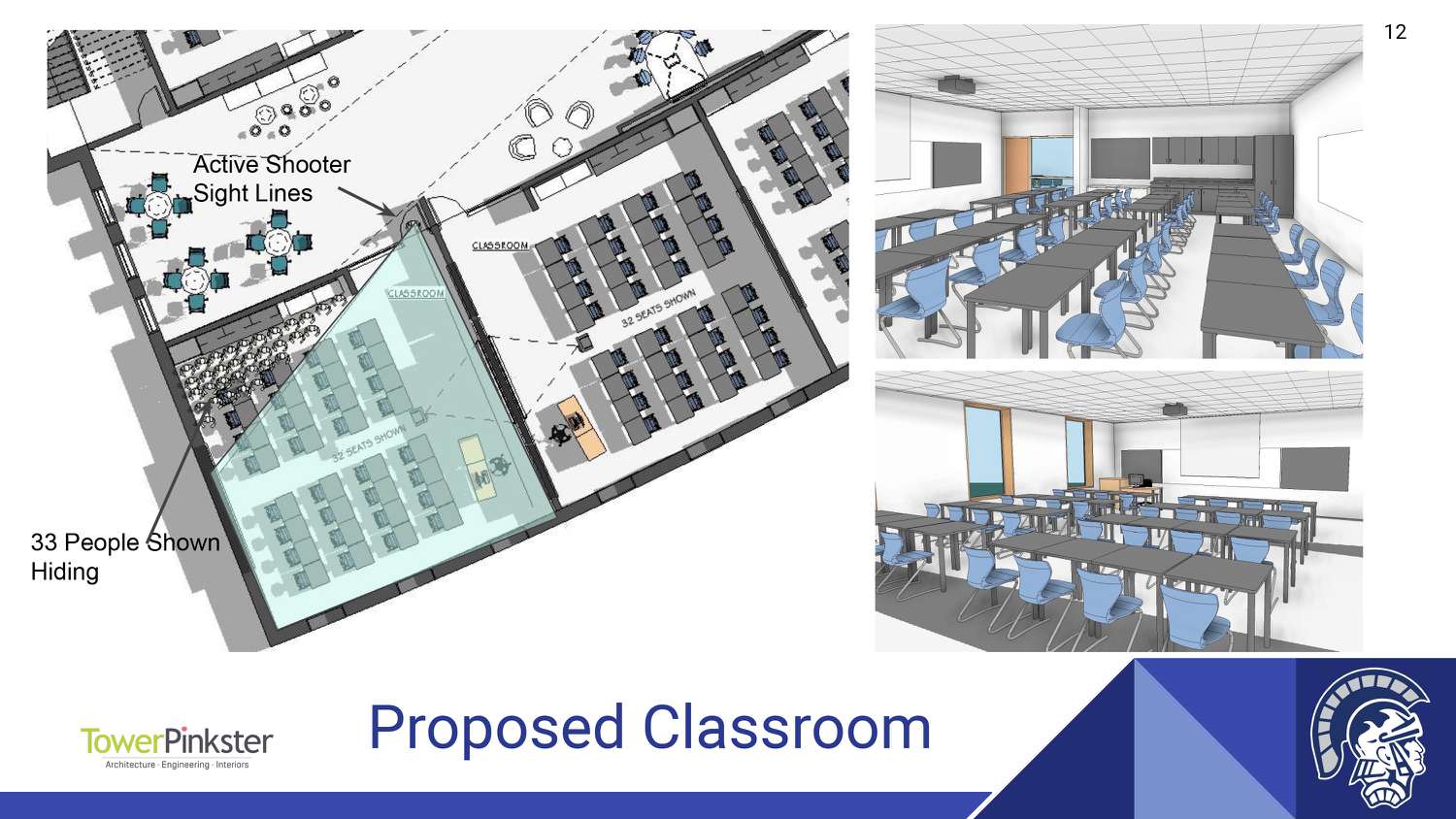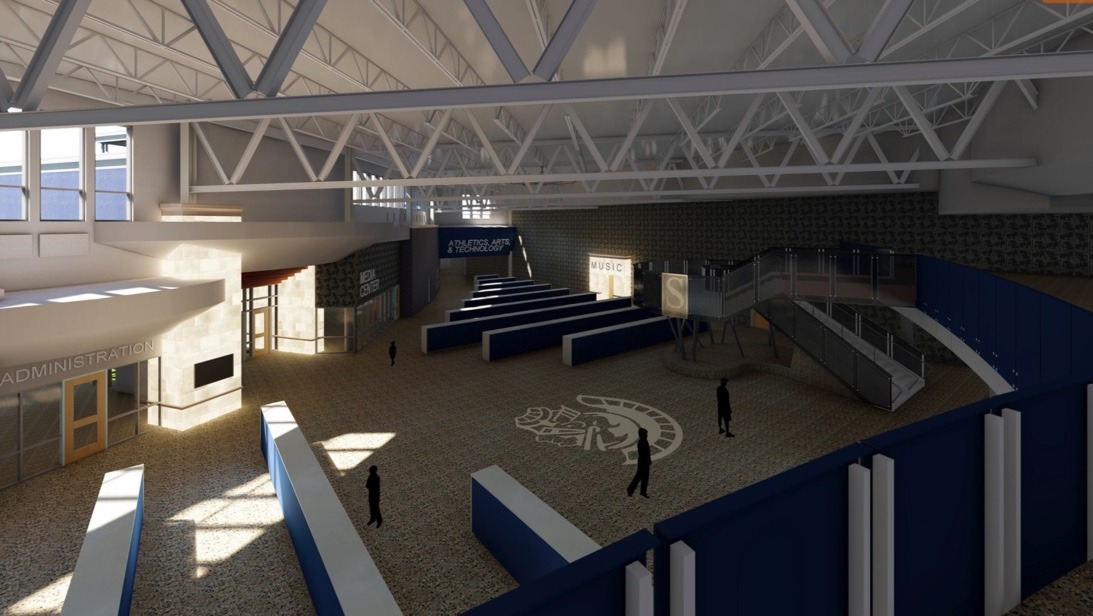School architects and designers are making blueprints to thwart an active shooter. Here’s why that’s a problem.
By Tracy Collins Ortlieb September 16, 2019
It’s back-to-school season in America, and families are stocking up on school supplies and shopping for new clothes. Among the hottest seasonal offerings in big-box aisles are bulletproof backpacks—just one example of the ways in which concerned students and parents are seeking safety solutions to the nation’s mass shooting epidemic.
But it’s not just families looking to keep students safe from gun violence. Increasingly, school architects and designers are being forced to answer a sobering question: How do you design a school in the era of the mass shooting?
A New Norm in Schools
In the quiet coastal burg of Fruitland, Michigan, a new and larger version of the local high school is being equipped with features meant to prevent another Parkland, Sandy Hook, or Columbine. Hallways arc in gentle curves, shortening a potential shooter’s line of sight. Protruding walls become concrete barricades students and teachers could shelter behind. Impact-resistant film covers broad windows.
The $48-million project exemplifies how the everyday experience of attending class has evolved. According to a Washington Post investigation last May, more than 228,000 students nationwide have been exposed to gun violence during the school day since Columbine High School was attacked in 1999. In lieu of any substantive federal legislation to lessen shooting events, the nation’s gun violence crisis continues unabated, policed instead with metal detectors, armed guards, and routine drills to protect against active shooters.
Once a dystopian vision of education, such measures are now part of daily routine for today’s students.

Proposed Classroom COURTESY OF TOWER PINKSTER
Without substantive legislation to deter such attacks, it’s perhaps no surprise that school boards, administrators, and shareholders seeking a solution to these senseless acts have instead sought refuge via architecture and design. The first salient example was Connecticut’s new $50-million Sandy Hook Elementary, unveiled in 2016 as a safer, open-to-nature design. It’s fortressed in blast-resistant sheetrock and bulletproof glass and monitored by ubiquitous black-globed security cameras.
Such projects are big business: at all levels of government, hundreds of millions of dollars have been spent to improve school safety, including millions in grant funding from the Federal Emergency Management Agency to implement warning systems and engineer safe rooms. Currently a $2.7-billion market, a burgeoning corporate “security-industrial complex” is presently all that stands between students and tragedy.
Lack of Evidence-Based Solutions
Such spending represents a commitment to keeping schools safer for students. Nonetheless, “hardened” school design fails to offer evidence-based methods to reduce school violence, including gun violence prevention measures.
According to the nonpartisan policy institute Center for American Progress, such a “single-minded focus on hardening schools funnels critical resources into the pockets of private companies that are prepared to profit from tragedy.”

Curved hallways COURTESY OF TOWER PINKSTER
These designs are also unproven. In the case of Fruitvale’s curving corridors and jutting walls, experience shows that design could potentially thwart police and SWAT teams.
It took police more than seven hours to capture a shooter in a 2003 shooting at Case Western Reserve University. Designed by celebrated architect Frank Gehry, the Weatherhead School of Management building flows in irregularly shaped corridors that were meant to encourage interaction. Nonetheless, the design hindered law enforcement officials trying to capture the shooter. “As the SWAT team entered the building, they were constantly under fire,” Cleveland Police Chief Edward Lohn told reporters at the time. “They couldn’t return fire because of the design of the building. They didn’t have a clear shot.”
What architecture like Fruitport High School reveals is that Americans are both frightened about school shootings and desperate for reassurance, but it remains to be seen if these schools will provide protection as well as peace of mind.
Ultimately, the solution to mass shootings lies not with the school architects, but exclusively with the architects of public policy and more gun control. Such projects invest too much faith in, and burden upon, design—demanding that it solve problems that are exclusively the responsibility of the president and Congress.
By Tracy Collins Ortlieb
Published in Parents




